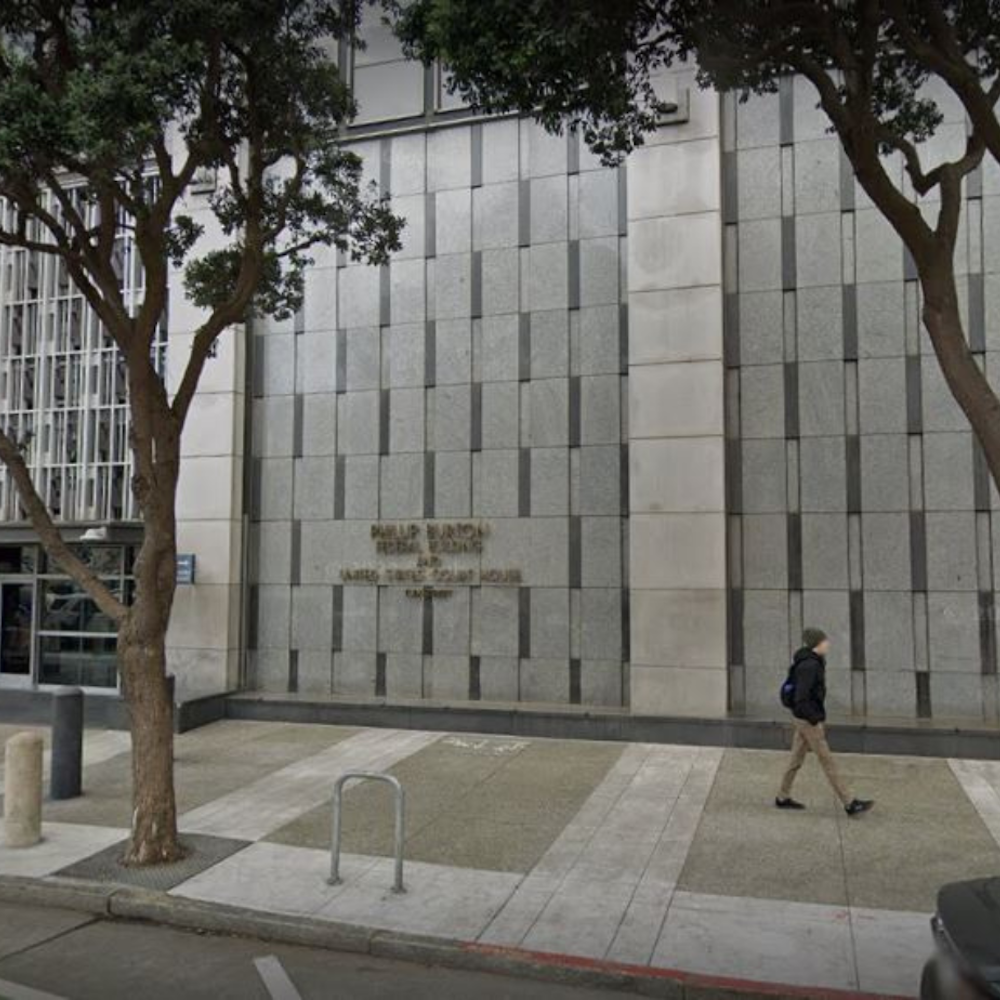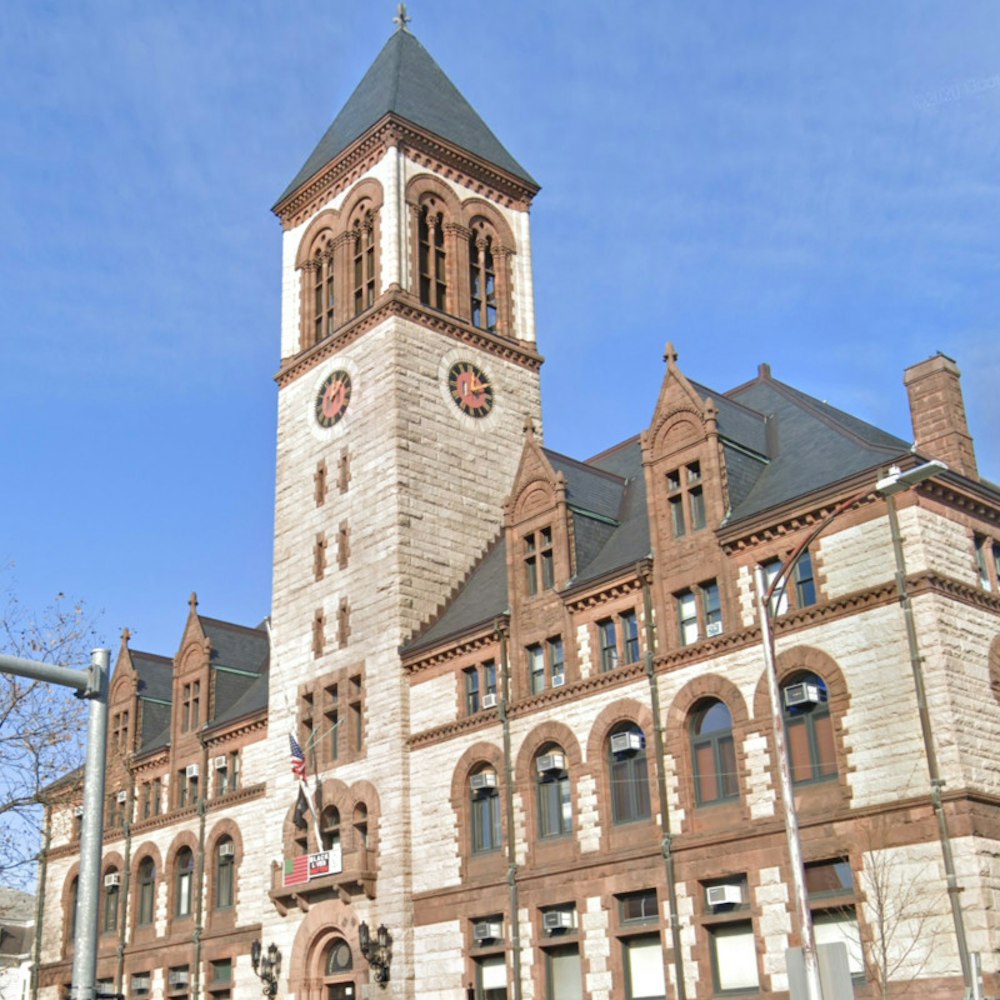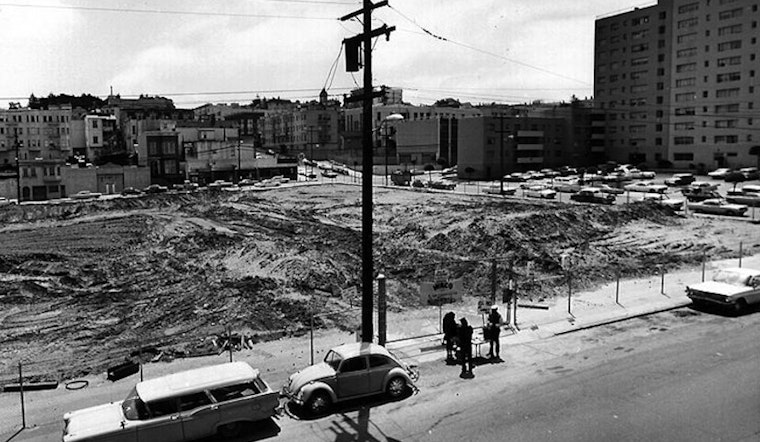
In How Urban Renewal Destroyed The Fillmore In Order To Save It, we examined early proposals for redeveloping the Western Addition and its effect on area residents.
Now we'll take a closer look at how urban renewal unfolded in the 1960s and 70s, and its lasting impact on the Fillmore.
Because the process shattered a community — instead of following through on assurances that it would raise living standards — the Fillmore's redevelopment became a textbook example of the unintended consequences of social engineering.
The opposition eventually became so fierce that urban renewal leaders lost power before they could get to other neighborhoods on their list, including Chinatown and the Mission.
Even today, legacy agencies continue to resettle individuals who were displaced and show them preference in affordable housing and home-buying programs. The Fillmore that once was cannot be recreated, but city officials and the community work to recreate something in its place.
Redevelopment Effort Stalls
Long after plans for razing the Fillmore were announced, the San Francisco Redevelopment Agency had yet to establish a start date. SFRA Chairman Gunst sought a $2.5 million bond measure to make the agency eligible for federal loans via the Housing Act of 1949, legislation that dramatically expanded the government's role in building public housing and issuing mortgages.
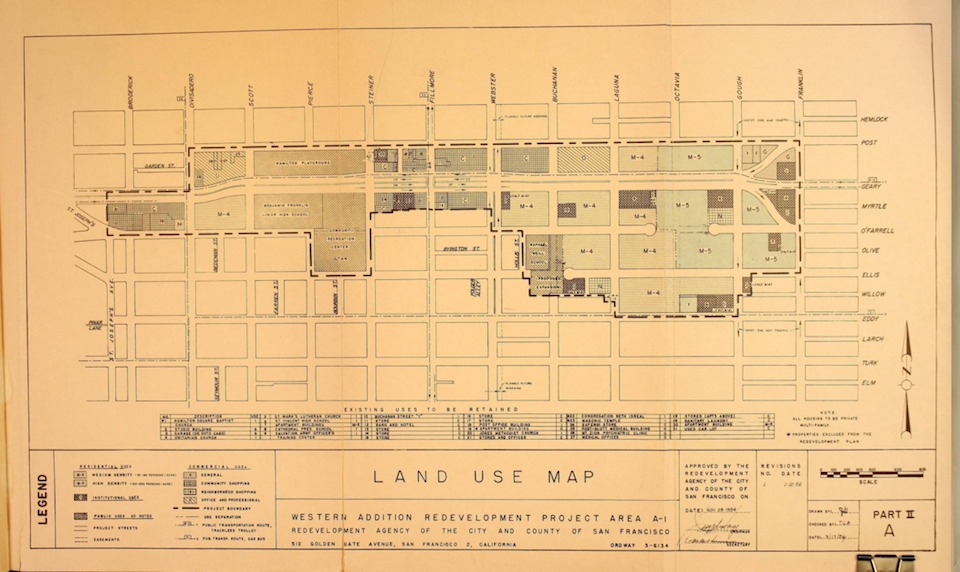
Title I of the 1949 Housing Act created a loan program to back urban renewal projects, and grant assistance to help local governments "meet the loss involved with connection with slum-clearance operations." Under the law, "the loss would be shared on a two-to-one basis," so SFRA would receive $2 in grants for every dollar it lost.
Title III called for the government to fund 135,000 units of new public housing every year for six years, 810,000 in total. By 1953, "local housing authorities had started or completed a paltry total of 156,000 units and contracted for just 53,000 more," according to "From Tenements to the Taylor Homes."
Gunst said the assessed value of the 36-block redevelopment zone would double to $24.6 million after the work was completed. He projected that the City would recoup its investment within 7 - 10 years, but the bond measure didn't make the ballot.
"The demolition of residential structures in connection with slum-clearance is prohibited until July 1, 1951 if the local governing body determines that it would create undue housing hardship in the locality."
Title I, 1949 Housing Act
Federal housing officials said San Francisco needed to adopt new housing and zoning guidelines (and the mechanisms to enforce them) before it would release significant amounts of federal funds. The law also required cities to create "a feasible method for the temporary relocation of families displaced from the project area" and provisions for creating suitable replacement housing "at prices and rents within the financial means of such families."
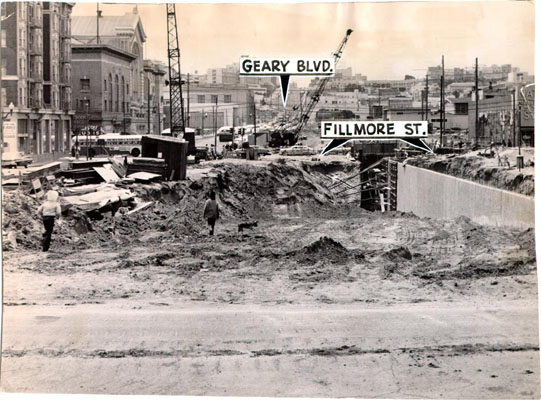
In December 1956, the federal Urban Renewal Administration announced that SFRA was again eligible to receive assistance after City officials promised to create a new housing code and hire enforcement staff. SFRA received a loan of $16.9 million and grants totaling $8.8 million. Around the same time, federal officials released more urban renewal funds nationwide as an anti-recessionary measure, with preference given to projects that were ready to commence.
Although the CCRA was intended to streamline urban renewal efforts, planners around the state had a hard time getting projects off the ground. Due to lawsuits and injunctions, interruptions in federal funding and local political infighting, the SFRA wouldn't complete its first project, Western Addition Area 1, until 1973.
Despite its sweeping powers and expansive proposals, the SFRA was beset with administrative problems. In January 1953, Gunst resigned from the SFRA for health reasons. A year later, after a protracted intra-agency battle that played out in headlines, agency director James Lash was dismissed from his position.
"I've never been fired before," he told the Chronicle. "I never knew it would bring such a feeling of relief."
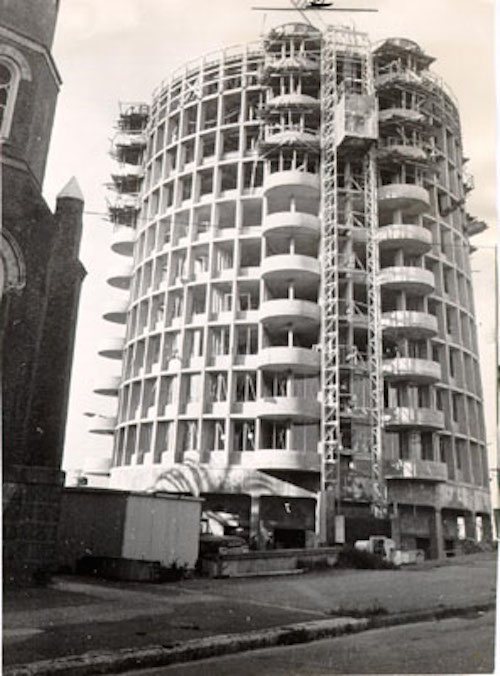
After Gunst's departure, office politics again spilled outside the SFRA. A summary firing of two employees over conflict-of-interest charges created a controversy that was eventually investigated by a grand jury. Before the case was resolved, the San Francisco Planning and Housing Association (SFPHA), a private group that advocated urban renewal, offered to aid in the investigation and actively prosecuted the case in the court of public opinion.
Private Sector Gets Involved
The SFPHA was created in the 1940s by the merger of the San Francisco Housing Association, which worked to improve housing after the 1906 quake, and Telesis, a group of sociologists, architects and planners from the Bay Area's academic community. In 1942, the SFPHA was instrumental in convincing San Francisco to create the Department of City Planning.
In many ways, private groups were more successful than the SFRA when it came to molding public opinion. Founded in 1946, the Bay Area Council was a think tank founded by the region's largest corporations that promoted regional planning projects like BART. With members managing companies like Bechtel Engineering, Hewlett-Packard and Pacific Gas & Electric, many of the large-scale projects the Council advocated also helped grow bottom lines around the region.
The 1947 study that identified the Western Addition as blighted was created with input from SFPHA members like Gunst, who later directed the SFRA. As the redevelopment agency grew in size and power, several members of the Bay Area Council joined its board as Commissioners.
After the Area A-1 project was announced, SFRA identified Diamond Heights for a 300-acre development in 1955 and the Golden Gateway project in 1959 that relocated a bustling produce market from the edge of the Financial District to its current location at Islais Creek. Several years passed before these projects were shovel-ready.
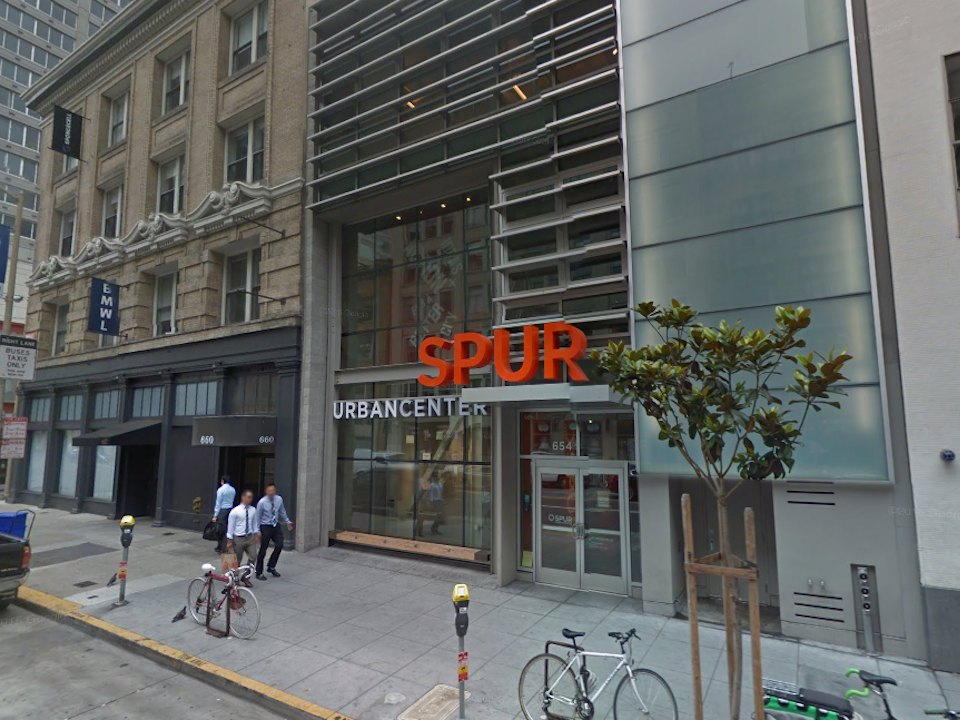
San Francisco's urban renewal schemes offered "bold plans but no results," concluded a 1959 report commissioned by Bay Area Council members Charles Blyth, an investment banker, and industrialist James Zellerbach. In their view, the SFRA was stalled because it failed to attract widespread public support, lacked political strategy and was understaffed and undercapitalized.
The report was authored by Aaron Levine, director of a Philadelphia group that favored urban renewal. "If you had a more alive atmosphere, there would be more investment capital coming in," he told the Chronicle. "What you need in San Francisco are citizens' groups at the neighborhood level and increased interest on the top business level."
Months after the release of the Levine Report, with direct support from the Blyth-Zellerbach Committee, the San Francisco Planning and Housing Association changed its name to The San Francisco Planning and Urban Renewal Association, and became the official citizens' group to advise the SFRA on policy matters.
Years later, after replacing "Renewal" with "Research," the organization is commonly known as SPUR.
In a 1999 interview, John Jacobs, SPUR's second director, described the close relationship between his organization and the region's business interests: "The Blyth-Zellerbach Committee never interfered with SPUR, never ever."
Federal Housing Official Takes Over
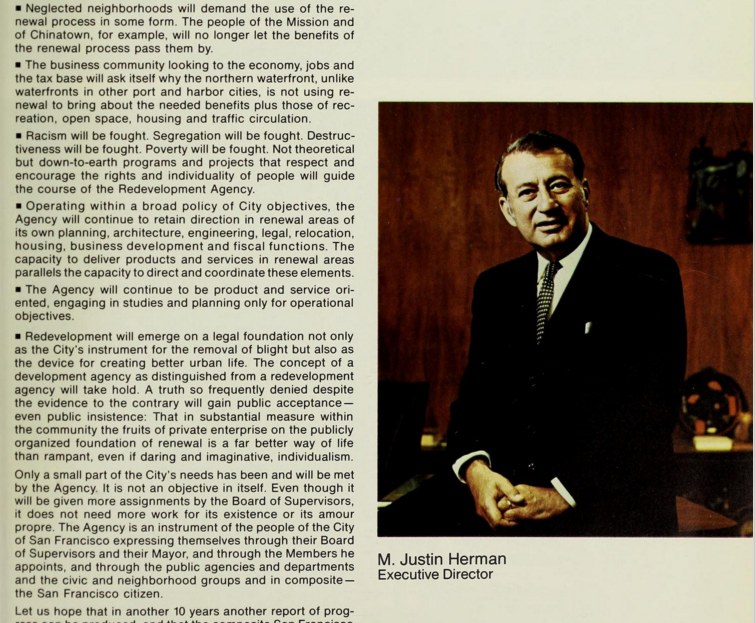
Because the City Planning Commission was tasked with identifying blighted areas and the SFRA executed redevelopment plans, the agencies developed a rivalry that many believed impeded the pace of redevelopment.
"My father used to say that the only way to solve a problem like this was to take one person's head in each hand and bring them together quickly," said Mayor George Christopher in 1956.
In April 1959, Christopher named M. Justin Herman, then regional director of the federal Housing and Home Finance Agency, to become the Executive Director of the San Francisco Redevelopment Agency. Herman was intimately familiar with local housing and redevelopment issues; in 1951, as head of the HHFA's regional office, his purview included urban renewal efforts.
In his federal role, Herman used his power of the purse to influence local planning and zoning regulations. As SFRA Chairman, he helped transform the agency into an autonomous entity with more financial and political clout than the Mayor's office.
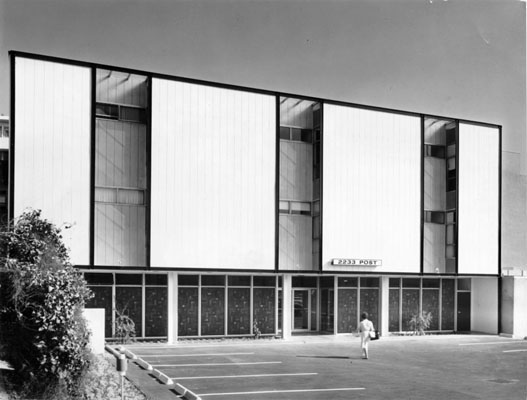
According to "City for Sale: The Transformation of San Francisco," Herman grew the agency's staff from 60 to 462 and had "complete discretion" when it came to staffing, policy and day-to-day operations. During his 12-year tenure at SFRA, the agency obtained $128 million in federal urban renewal assistance. "He's changed the City, perhaps as no man ever has," wrote R.L Revenaugh, the Chronicle's real estate columnist.
"Without adequate housing for the poor, critics will rightly condemn urban renewal as a land-grab for the rich and a heartless push-out for the poor and nonwhites."
M. Justin Herman, 1963
Although popular with San Francisco's business and political community, Herman was widely disliked within the Western Addition. "Negroes and the other victims of a low income generally regard him as the arch villain in the black depopulation of the city," wrote Tom Fleming, editor of the Sun-Reporter, an African-American newspaper, in 1965. In 1971, Herman suffered a fatal heart attack.
Project A-1: Redevelopment Begins Disrupting Life In The Fillmore
The SFRA submitted plans for the first phase of redevelopment in the Fillmore in 1954; two years later, the proposal was ratified by the Board of Supervisors. Although initial plans called for a phased approach to redevelopment, "our rate of demolition has been stepped up dramatically," Herman said in October 1959. Under his guidance, buildings were torn down as soon as they were vacated.
Spanning 108 acres, Western Addition A-1 begun a complete transformation of the area: Geary expanded from two lanes into an expressway that passed under Fillmore, and the Japanese Cultural and Trade Center was constructed, along with new medical buildings along Divisadero. The newly-built St. Mary's Cathedral constituted A-1's eastern boundary; the shopping center at the intersection of Geary and Masonic marked the western border.
For Fillmore residents, demolition disrupted daily life; many businesses that provided critical products and services disappeared, along with the jobs they provided. On multiple occasions, buildings that were vacant or marked for demolition fell victim to arson. After a 5-alarm fire destroyed 36 buildings at Geary and Steiner in 1959, the area was patrolled regularly by an arson squad.
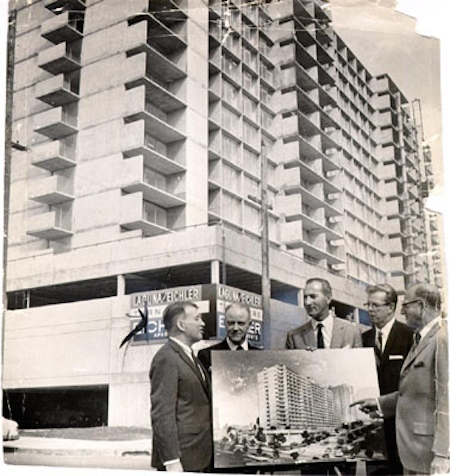
Instead of rehabilitating the Fillmore, Herman favored a more fulsome approach. "Even though 90 or 95% of the task can be done by renewal, don't shrink away from the much more difficult task of redeveloping pockets of blight," he said.
After Herman took the reins at SFRA, the agency began demolishing 40 buildings per month, compared to 25 per month. To resettle some displaced residents, Hermann rehabbed 1,300 units of temporary wartime housing in Hunters Point that had been previously declared unfit. Nonetheless, hundreds of families were still resettled in substandard housing, something the SFRA was legally required to remedy.
"And it is unfortunately true that many of these people, partly for racial reasons but largely for economic ones, don't fit into the structure of private rental housing in San Francisco."M. Justin Herman, 1960
Before work began, 6,112 people lived in the project area; after work was completed, that number fell to 3,274. Project Area 1 created 2,009 units of new housing, a third of which was set aside for low- and moderate-income. 226 units were rehabbed, and 162 new units were created by working with individual property owners. Officially, Western Addition A-1 was declared complete in March 1973.
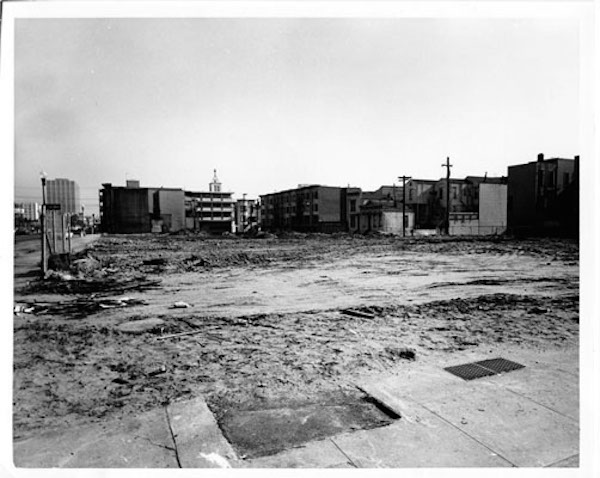
The challenge of finding new homes for displaced Fillmore residents grew as demolition work increased. "The only places these people can go is into public housing, or into slums," said Herman. Poverty and residents' emotional attachment to their homes were major blockers to relocation, but bigotry was the largest hurdle: "Racial discrimination. It's real. It's covered up. It's there," Herman said.
Activists Win A Legal Victory Over SFRA
By the end of A-1, much of San Francisco had come to share Fillmore residents' weariness and mistrust of urban renewal. In the intervening years, community activists successfully raised awareness about how widespread demolition, displacement and lengthy construction delays had degraded the quality of life in the Western Addition.
The Western Addition Community Organization (WACO) was one of the first neighborhood groups to exact a measure of accountability from the SFRA. In 1967, the group won a federal lawsuit that stopped redevelopment work and ended all government financing until the SFRA was better able to find suitable housing for displaced residents.
"A political group got together and tried to slow it down," said Jim Dennis in "I Am San Francisco." Dennis grew up in the Fillmore after his father moved the family west to work in a Bay Area shipyard. "They saved a lot of the Victorians. By that time, there had already been so much dismantling of the homes in the Fillmore and dispersing of the black population."
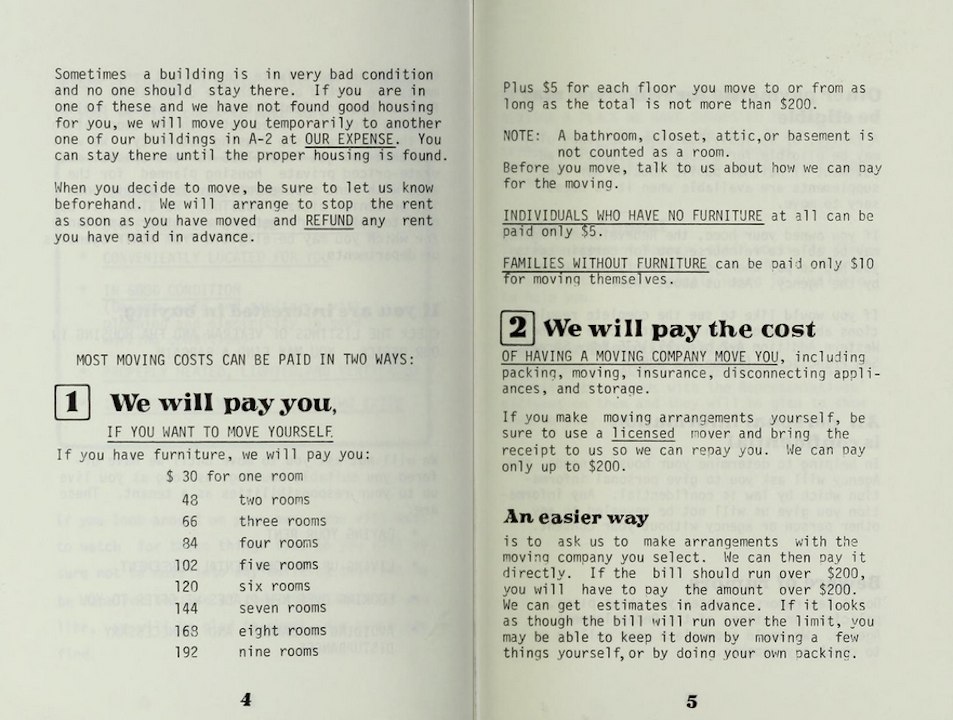
"The protest slowed it down, but it didn't stop it," said Dennis. "This left several vacant blocks in the Fillmore." In 1968, he accepted an offer to become a staff photographer with Eastman Kodak and moved to Rochester, NY.
Due to the injunction, the SFRA was prevented from hiring staff or signing new contracts. Herman characterized the decision as "a temporary defeat for the people of the Western Addition."
Although the injunction was lifted in 1968, the case generated national attention and built support for The Uniform Act, legislation that set minimum requirements for acquiring property and displacing residents in federally-funded projects. The law also increased benefits for displaced tenants, homeowners and entrepreneurs and required RDAs to be more responsive to communities.
-
 SFRA ad seeking developers for the Fillmore Center project. (San Francisco Chronicle, 6/28/70)
SFRA ad seeking developers for the Fillmore Center project. (San Francisco Chronicle, 6/28/70)
"It didn't give us an absolute right to stop them, but it did give us consultative rights," WACO director Rev. Hannibal Williams said in a 1999 PBS interview. "We slowed the agency down, but in the end, urban renewal became what we feared it would: it became black removal."
The second phase of the Western Addition's redevelopment encompassed 277 acres and fully encircled Area A-1; as a result, many families were displaced a second time.
Western Additions A-2’s Linchpin: The Fillmore Center
Although the proposal was approved in 1964, construction didn't begin for two years due to Proposition 14, which nullified a fair housing law preventing racial discrimination. The effort to repeal the law was led by real estate interests, landlord associations and the state Chamber of Commerce.After Prop 14 passed, Washington cut off federal housing aid, but the money flowed once again after the proposition was deemed unconstitutional in 1966. One of the SFRA's final urban renewal projects, the A-2 plan was amended 8 times by the Board of Supervisors, partially to give the redevelopment agency more time to replace the housing it had destroyed.
In 1970, the SFRA opened up a new proposal: the 6-block Fillmore Center was to be a shopping center fronting Fillmore St. that also contained market-rate and affordable housing. As the centerpiece of Project Area-2's 250 acres, the SFRA made new attempts to engage the community: "The design of the center must have a strong emphasis on black American and African elements," Herman announced.
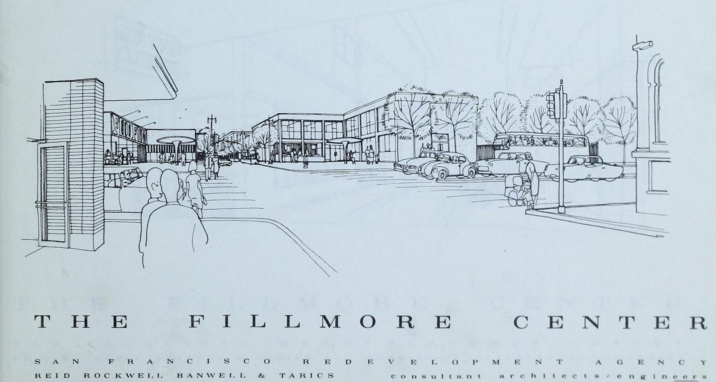
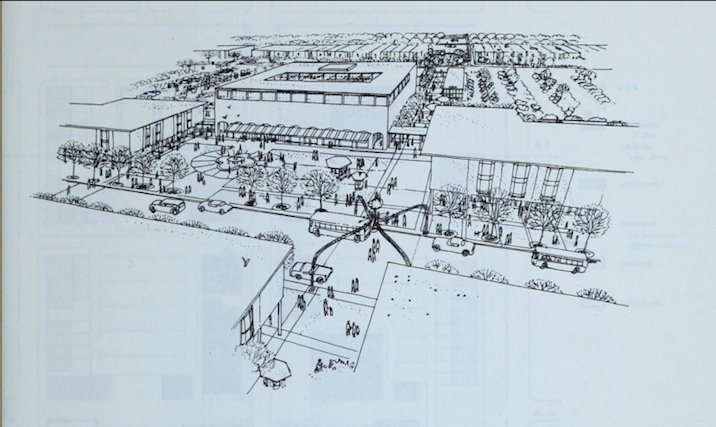
In a notable departure from A-1, the SFRA stepped up efforts to preserve existing housing stock, a nod to critics who assailed the desolation that was created by leaving scores of razed blocks in a city center.
SFRA solicited offers from teams of developers who would collaborate with people with strong ties to the neighborhood. A development company that included then-Assemblyman Willie Brown, Jr. and Dr. Carlton Goodlett, the publisher of the Sun-Reporter and President of the city's NAACP chapter, was selected to build the Fillmore Center, but the group pulled out months later, citing political pressure from Mayor Joseph Alioto.
A second group of black developers that included two 49ers football players won the right to develop the parcel, but the project bogged down for years as they searched for an anchor tenant who'd open a department store on the Fillmore corridor. After Montgomery Ward passed on opening a store, the Fillmore Center was scaled back from $40 million to a two-block, $8 million mixed-use development with retail and office space.
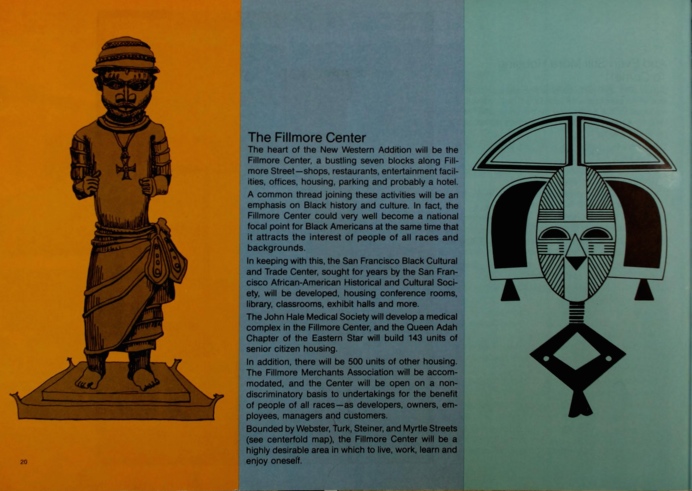
Despite the developers' ties to the area, community activists said the group remained unresponsive to neighborhood needs. The plans created some retail jobs, but few opportunities for displaced merchants to return, and many complained that a new mail-sorting facility was a poor match for the planned residential/shopping district. (In 1980, Safeway announced plans to open its then-largest supermarket in the city and pledged to hire locally.)
Completed in 1983, the 1,114-unit Fillmore Center Apartments was one of the last complexes built in A-2, as well as being the City's largest housing build-out in years. "The Fillmore Center construction went on completely throughout junior high and high school," said District 5 Supervisor London Breed, who was raised in nearby public housing by her grandmother.
"That was all fields for years and years and years; there was nothing there," she said. Currently owned by Laramar Group, a real-estate holding company, the 13-acre facility includes 223 units at below-market prices. Some low-income residents use federal Section 8 vouchers to pay their rent, which starts at $2,432/month for a studio.
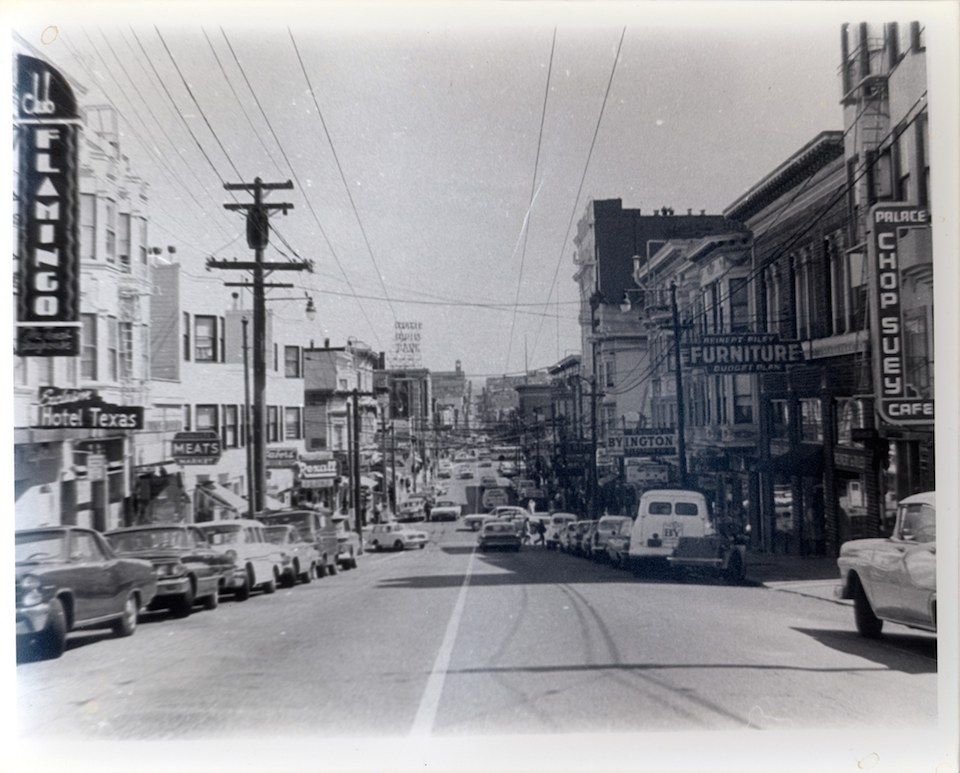
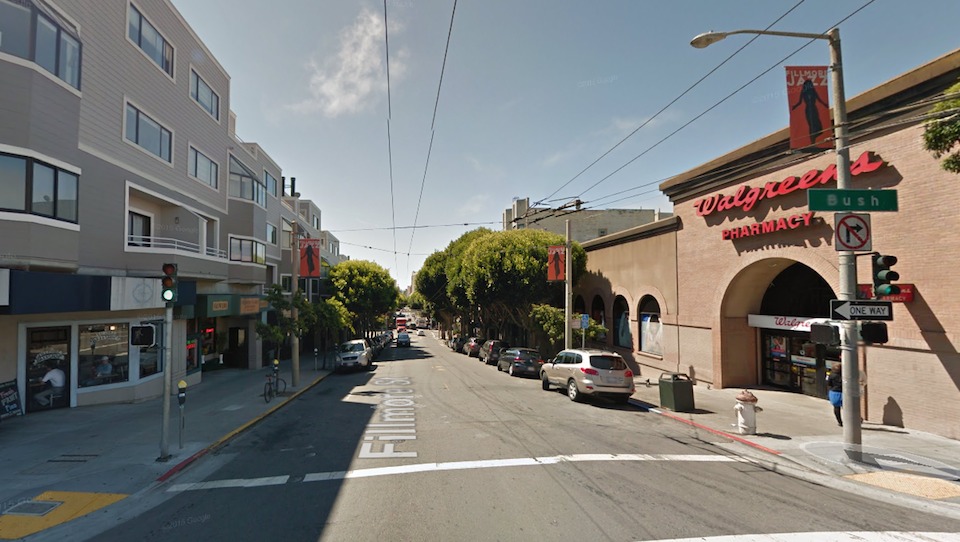
The project was troubled from the start: due to contractor overruns, the developer required injections of cash. Inspectors initially refused to let the first tower open because it didn't meet the city's fire code. Construction issues left some units uninhabitable, windows leaked, mold bloomed; eventually, City investigators determined that building inspections weren't conducted properly.
Before it was completed, the first contractor was fired and control over the project was transferred to a new developer.
"The Fillmore Center was a big mistake," said Breed. "Not necessarily the housing, but the choice of who was allowed to own the housing." Long after the project was finished, many of the new storefronts along Fillmore St. remained empty, giving residents and visitors few reasons to shop the corridor.
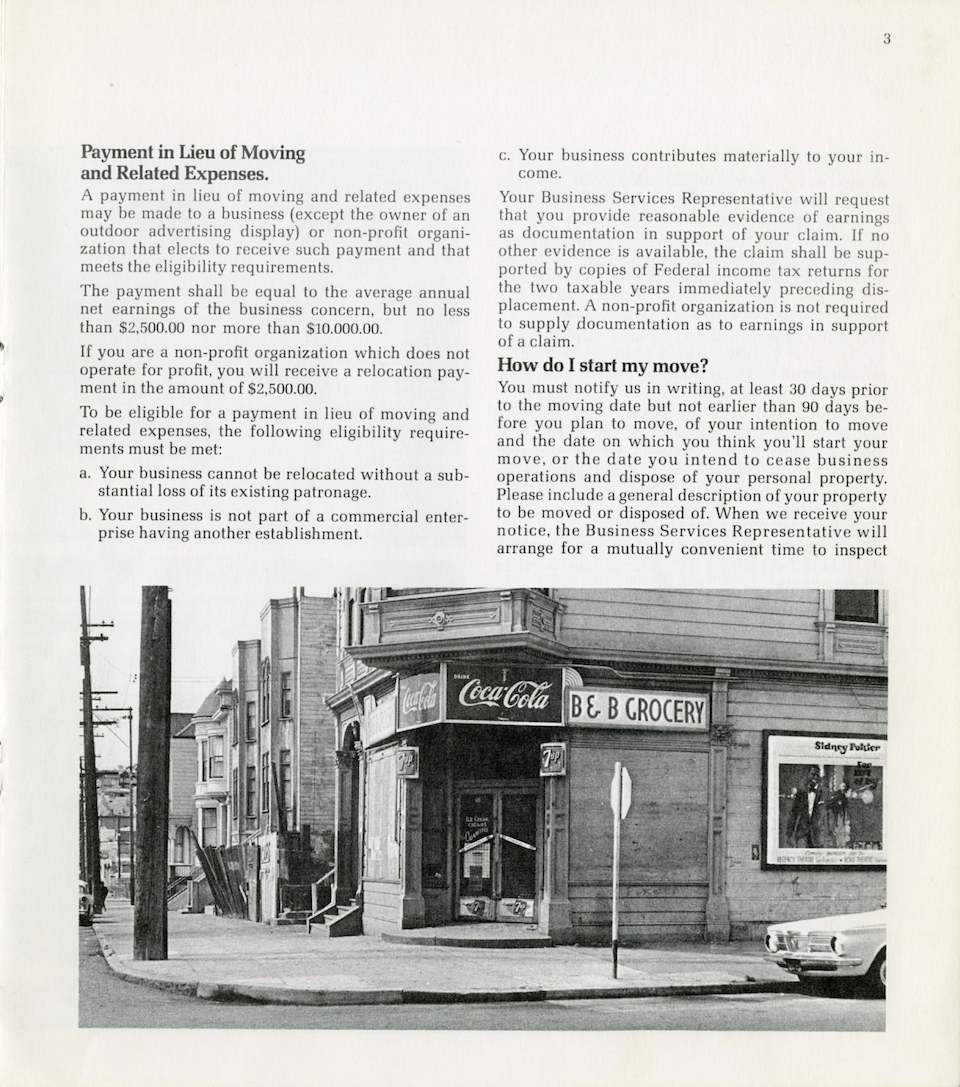
"They let a lot of those commercial spaces on their property stay empty for years," said Breed, who was on the SFRA Commission from 2005 to 2011. "The owners were in a different place than the community as far as what businesses they brought into the corridor."
State Budget Problems Emerge
Facing persistent budget shortfalls, Gov. Jerry Brown urged state legislators to phase out redevelopment agencies in the 2010s. Because voters passed a 1988 ballot proposition that set minimum education funding requirements, California was compelled to contribute more to schools, deepening the budget deficit. By ending redevelopment altogether, Brown said the state could save $1.7 billion.
After a court case determined that Brown could shut down the state's RDAs, The 2011 Budget Act dissolved the state's redevelopment agency system; by February 2012, ongoing projects were doled out to successor agencies; due to these savings and other revenue increases, the state projected a surplus of $2 billion in 2013.
A new agency, the Office of Community Investment and Infrastructure, eventually took ownership of San Francisco's pending projects. Other responsibilities were distributed between the City Administrator's Office, the Mayor's Office of Housing & Community Development (MOHCD) and the Port of San Francisco.
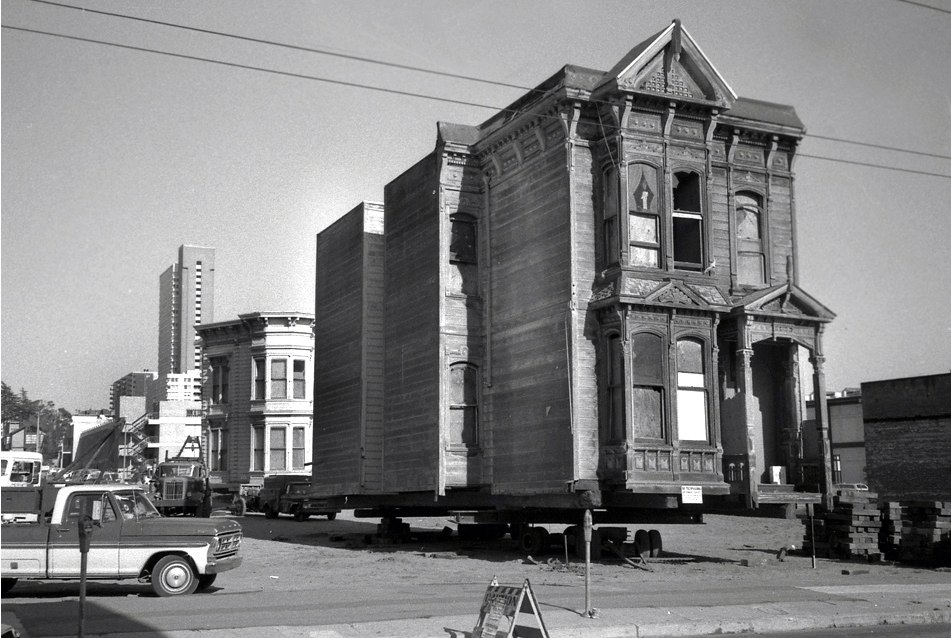
By mandate, MOHCD devotes at least 20% of property taxes in project areas to build and preserve affordable housing. Within redevelopment areas, MOHCD uses tax financing to ensure that 15% or more of new units are affordable.
Fred Blackwell, the SFRA's last Executive Director, told the Chronicle in 2008 that the agency's time in the Western Addition "has not been a happy story." By the agency's own reckoning, 883 businesses and 4,729 households were displaced and 2,500 Victorians were demolished during A-1 and A-2.
"There is no way to make up for clearing large swaths of land and displacing thousands of people," Blackwell said.
"I just remember as a kid seeing these big homes being moved from place to place. I didn't always understand what was going on, but you felt the impact and felt what happened."
London Breed, 2015
The 1947 Planning Commission proposal anticipated that many would be unable to return to a redeveloped Fillmore. The project's financial projections assumed that new tenants would earn the average regional income, acknowledging that minority residents earned considerably less.
Certificate Of Preference
"In view of the characteristically low incomes of colored and foreign-born families, only a relatively small proportion of them may be expected to be in a position to occupy quarters in the new development," the proposal concluded. As a remedy, the proposal recommended that these residents receive "special attention" when it comes to rehousing or planning future projects.
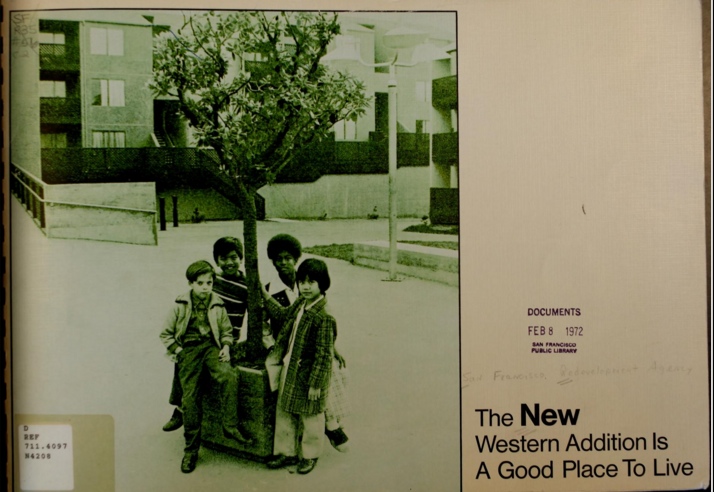
In 1963, the SFRA initiated a Certificate of Preference program for businesses displaced from Project A-2, extending the benefits to residents in 1967. The program supplemented other forms of relocation assistance and was codified by the state legislature in 1969.
Certificate holders are first in line for redevelopment housing or housing administered by MOHCD, which continues to manage the program. Holders are also shown preference in rental and home-buying lotteries. The program offers preference to individuals who lived at listed addresses within A-2 and Hunters Point redevelopment zones between 1967 and 1975.
Because urban renewal "caused wide-spread social, economic, cultural, political, and emotional upheaval," MOHCD has extended the duration of Certificates multiple times and now offers them to individuals who were displaced as minors.
According to a paper by Jordan Klein, an Economic Development Coordinator with the City of Berkeley, only 4% of the 883 Certificates granted to displaced businesses had been exercised as of 2008.
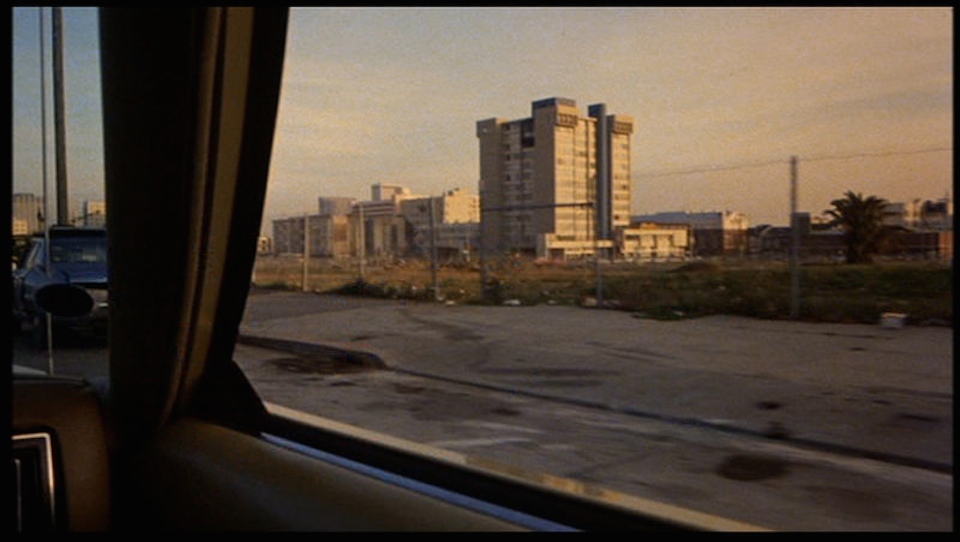
Brooke Barber, who administers the program for MOHCD, said a total of 5,859 Certificates were issued to people displaced from A-2 and Hunters Point; as of this writing, 1,681 residential Certificates have been exercised. No vouchers have been issued to displaced businesses since the 1970s, Barber said.
In December, the program was renewed for another five years and is set to expire in January 2021. After that, it may be renewed until 2026; when the program ends, all Certificates of Preference will become null and void.
"Housing destroyed by renewal must be replaced by housing in equal amounts for the same kind of people if we are to achieve and maintain a balanced population."
1972 SPUR study
A 1972 SPUR study on San Francisco's experience with urban renewal acknowledged that the policy had become unpopular in recent years due to funding delays, relocation problems and the social upheaval associated with demolition and displacement. "Political realities and pressures at the national level" also delayed progress, the group concluded.
According to SPUR, SFRA disbursed $101,000 in relocation payments to residents during A-1 and $172,000 to businesses. By the time Western Addition A-2 was 63% complete, the agency had distributed nearly $2.4 million to businesses and $323,000 to residents. Thanks to 1971 federal legislation, displaced individuals who couldn't find comparably priced housing were now eligible to receive differential payments for rent and home purchases.
"It has been alleged that the rules have been inadequate and narrowly complied with, but it cannot be denied that they were observed," the think tank concluded.
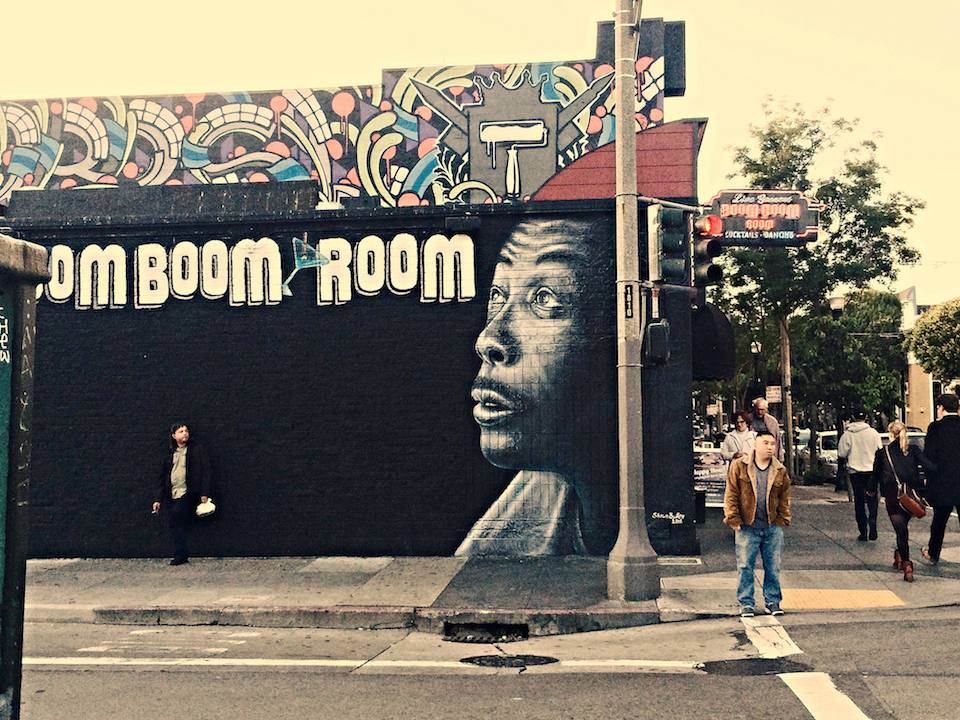
"While sincere people may differ over what is 'unnecessary' hardship and which projects are 'essential,' the redevelopment process remains a valuable tool for rebuilding our urban centers," wrote the study's authors.
To describe the social and cultural impact on people who have been displaced via urban renewal, clinical psychiatrist Mindy Thompson Fullilove uses the term "root shock." Originally a gardening term, "root shock can follow natural disaster, development-induced displacement, war, and changes that play out slowly such as those that accompany gentrification," wrote Fullilove.
"When I got back in 1980, the Fillmore was a whole different place with the high rises," said Jim Dennis, who moved away during A-2. "The black population had been dispersed... I don't know what it is now, but it has been declining ever since."
"As things changed, you saw less and less African-Americans in the community," said Breed. "Sometimes, its even hard to recognize the community I grew up in. There were so many who used to live there who don't live there any more."
Resurrecting The Old Fillmore, With Mixed Results
Lane Hawkins moved to the Fillmore in 1968 at age 3; his family moved twice due to redevelopment. Today, he's a pastor at Neighborhood Baptist Church and sits on the board of the Tabernacle Community Development Corporation (TCDC), a nonprofit affordable housing development company founded by several ministers.
"I've gone on walks on the same streets where I played as a kid, and there is something blatantly obvious," he said. "There are no children."
A study by the Anti-Eviction Mapping Project concluded that the City's black population fell from 13% in 1970 to 6% in 2015. "If you were to put every African-American in PacBell Park, there would still be room," said Hawkins. "So what do we do? How do we recapture the lost experience?"
In 1995, SFRA created the Fillmore Jazz District, a designation intended to resurrect the neighborhood's past life as a destination for live music and dining out. To take part in what was intended to be a neighborhood rebranding, Rasella's, a supper club owned by Agonafer Shiferaw, relocated from California and Divisadero to 1534 Fillmore in 1999.
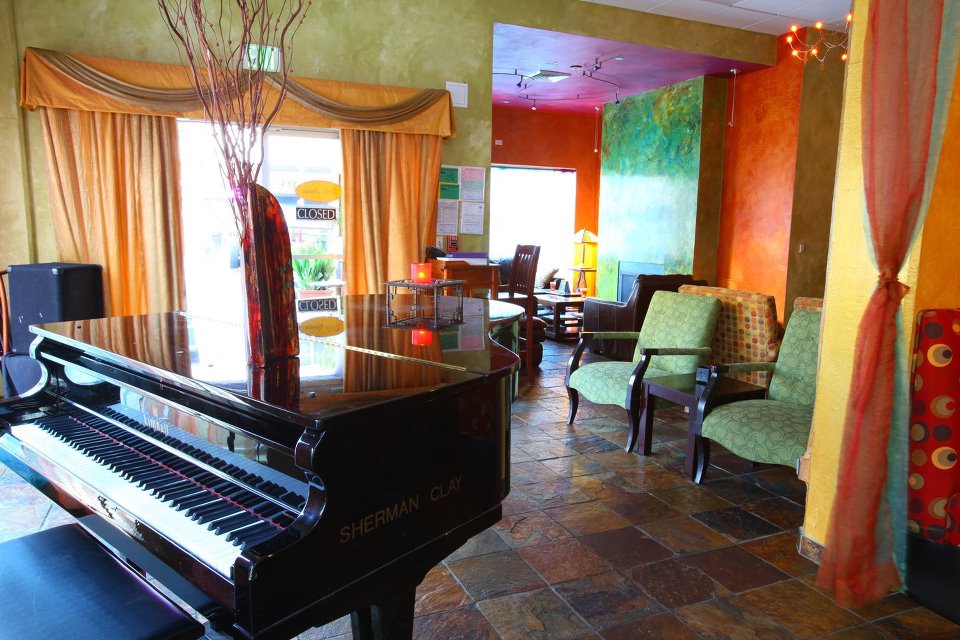
In 2007, Shiferaw announced plans to close his club, citing a lack of support from the SFRA and the City, which kept neighboring club Yoshi's afloat with cash infusions exceeding $7 million from its opening in 2007 until it shuttered in 2014. (After a new owner rebranded the venue as The Addition, the venue closed abruptly again in 2015.)
"With Yoshi's, you had people running a business who weren't very good at that business," said Breed. "At the end, when we just got the notice that they were shutting it down, we didn't have a chance to save it, there was no time to come up with anything from our perspective. We were told the week of that it was a done deal."
Shiferaw said his was one of several black-owned businesses that failed to thrive in the New Fillmore, similar to Marcus Bookstore and Chicago Barber Shop, both of which predated redevelopment. In a letter to Mayor Ed Lee, Shiferaw said redevelopment officials failed to follow through on assurances of support: "To this day, I never felt a shared sense of interest with the Agency staff."
An audit of the agency's efforts to promote the Fillmore reported that redevelopment officials doled out $57.4 million to promote the jazz district but provided little oversight.
Shiferaw now leases the space to nightclub Origin SF; when Rassella's closed, he was the only African-American who owned commercial property on Fillmore. Across the street, sisters Netsanet and Israel Alemayehu operate Sheba Piano Lounge at 1419 Fillmore. Friends of Shiferaw, the Alemayehus present live music 7 days a week in a variety of genres.
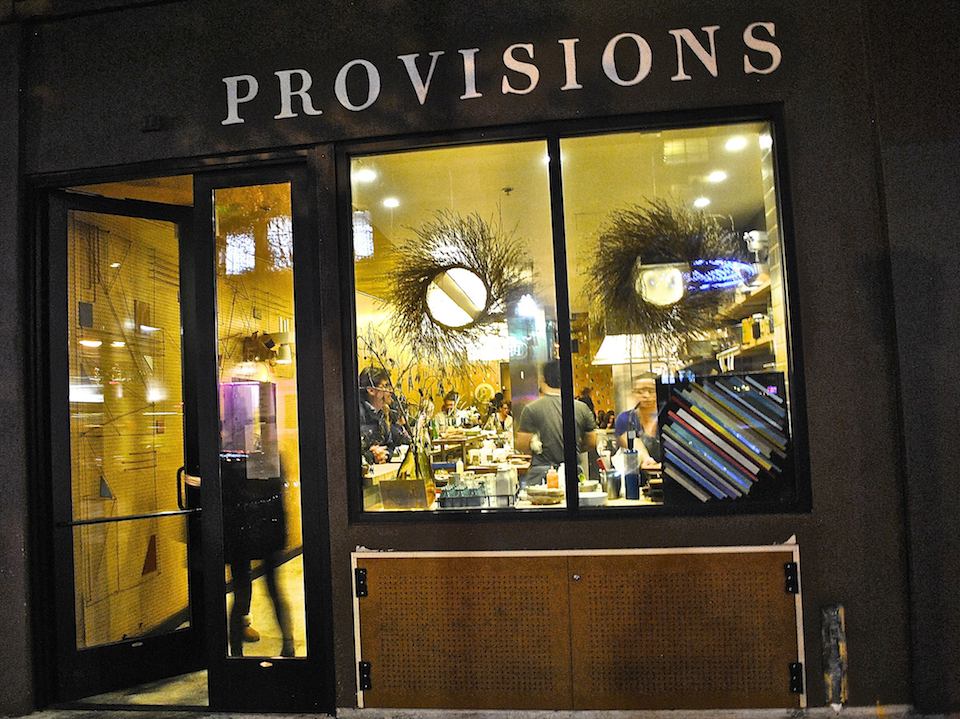
Going forward, Breed said she hopes to see more businesses on Fillmore, but she's happy with the new restaurants that are bringing in visitors and critical acclaim. "We have pretty much the number-one restaurant in the country in our neighborhood, State Bird Provisions," she noted, adding that other elite restauranteurs are currently evaluating the neighborhood.
When the owners of the Fillmore Auditorium approached Breed with plans to mount a 60-foot high illuminated "FILLMORE" sign on the side of their building, "I encouraged them to work better with the community, join the merchant's association, host programs and find other ways to engage," she said. "They did that for about a year, and after that, I was OK. "
"I think the sign's going to really give new energy to the location. We need to get the momentum going to get more businesses to open that makes sense for the area," Breed said.
"We will never be able to recreate what it once was, but we can still preserve that history like we do in Haight-Ashbury," said Breed. "And we can create something new, lively and rebrand it as a place that young, old, tourists, long-term residents and other people can enjoy and appreciate."
Breed said she's "very optimistic" about the neighborhood's future. "The word 'renaissance' might be a little overrated; but if you want to build more interest, you could say it," she said. "We've got a lot of work to do."
(Thanks very much to archive.org, the San Francisco Public Library's Historical Photograph Collection, FoundSF.org, and Kheven LaGrone, curator of "I Am San Francisco.")

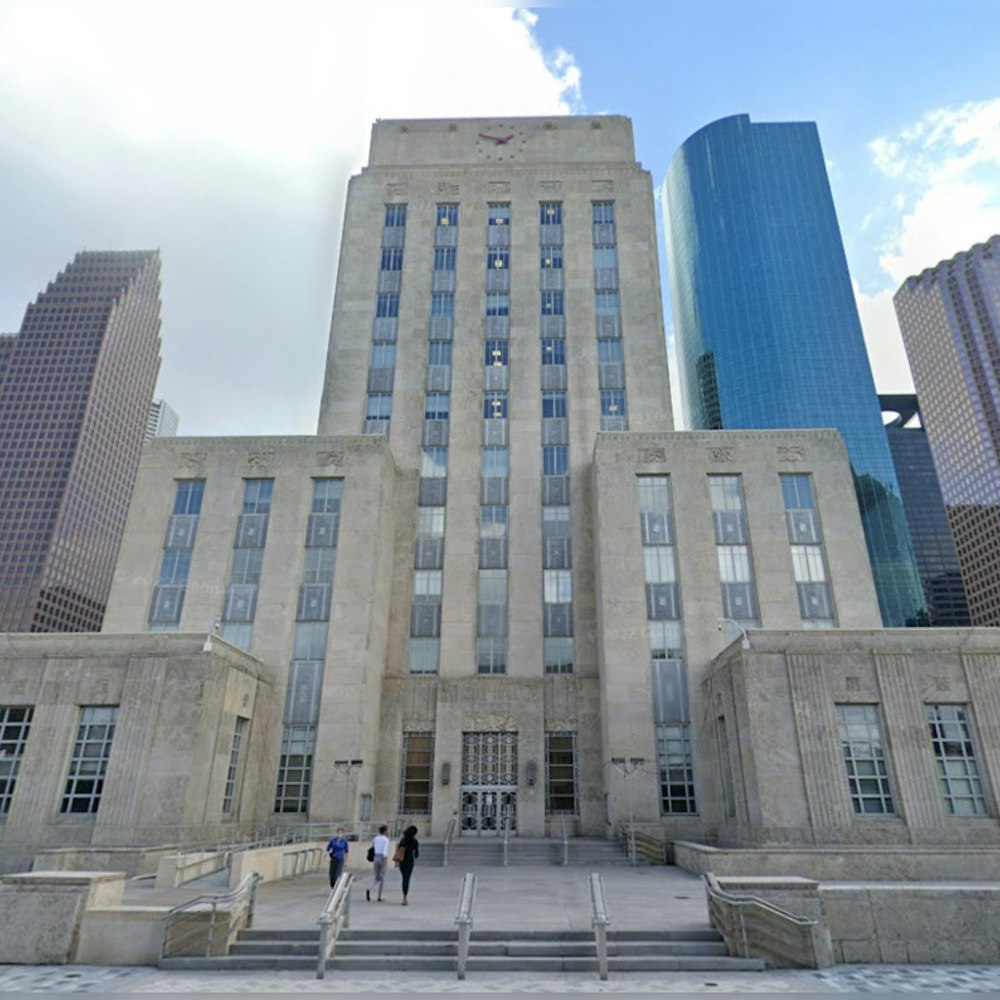


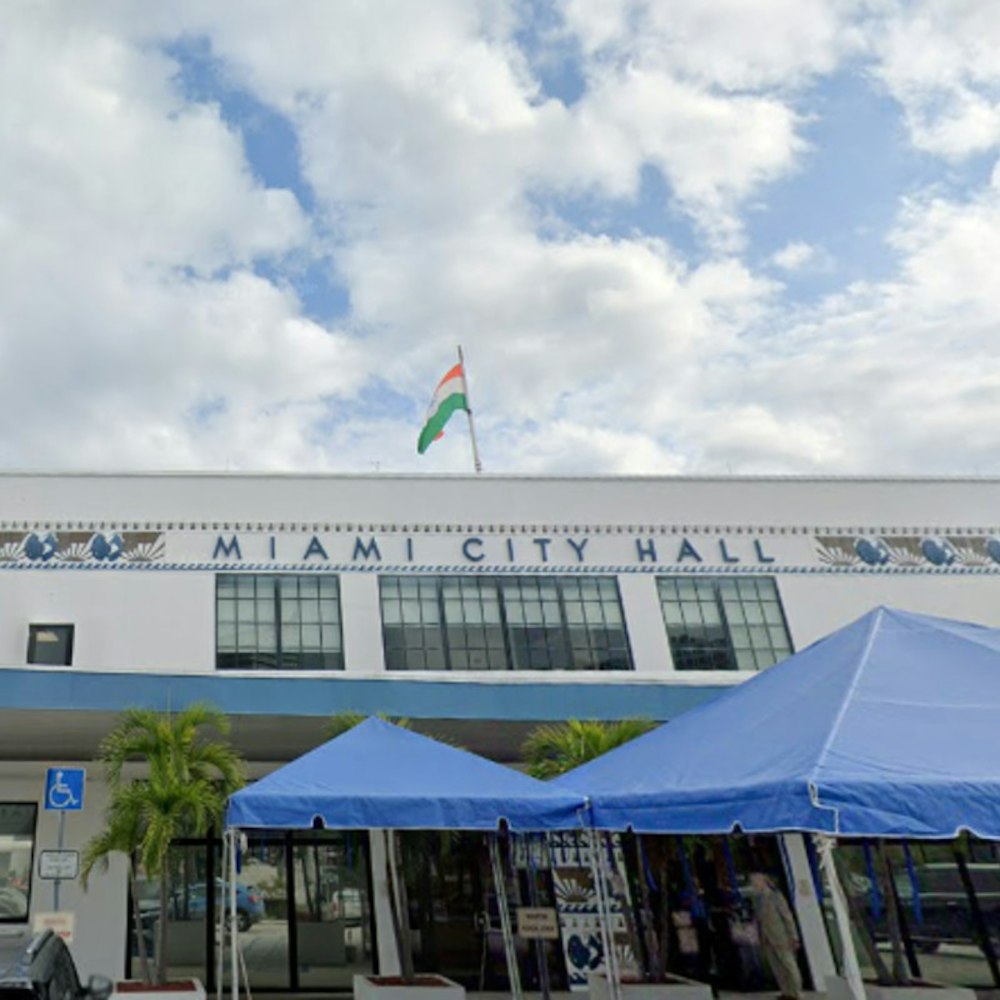


-1.webp?w=1000&h=1000&fit=crop&crop:edges)
